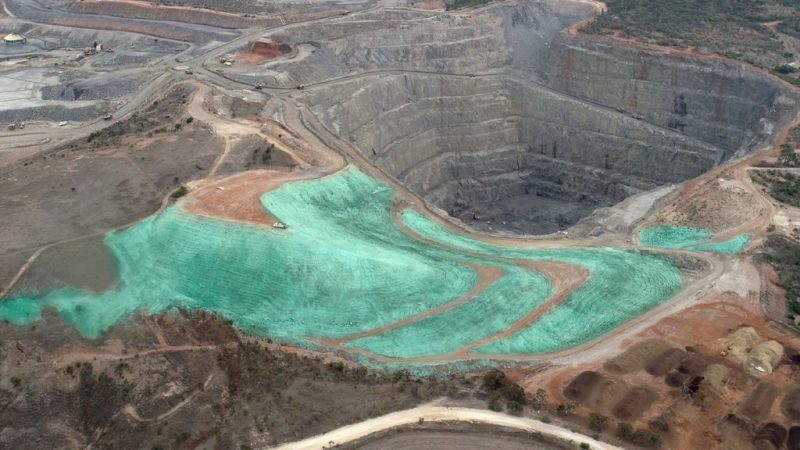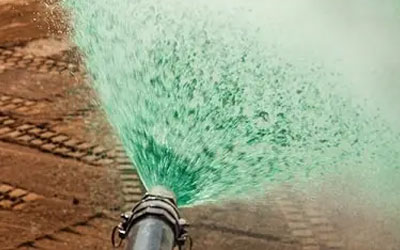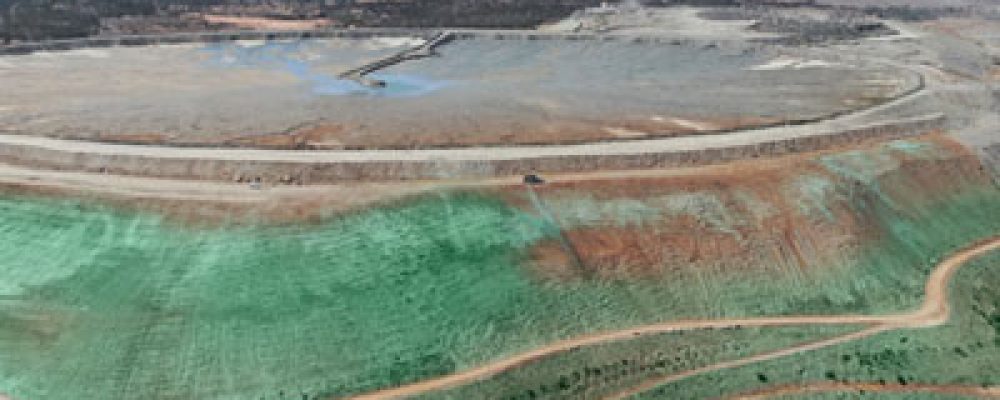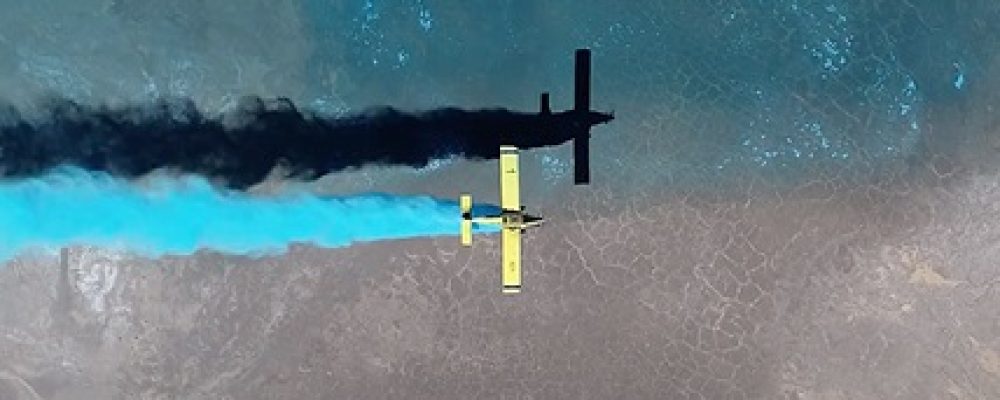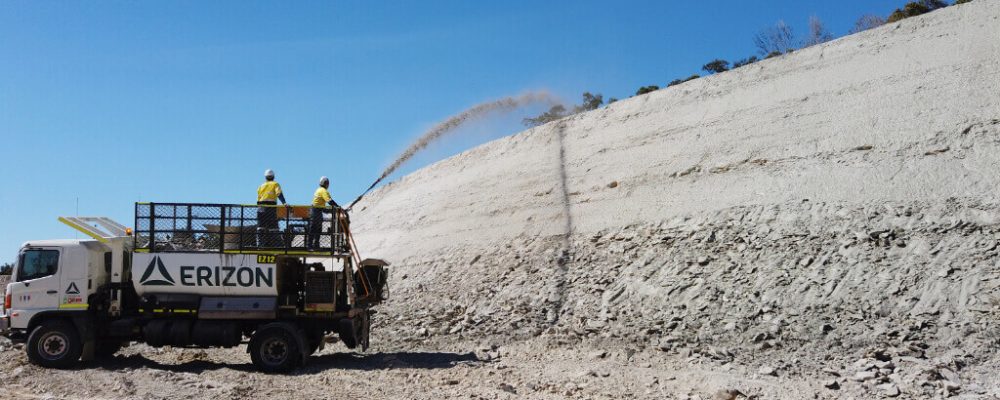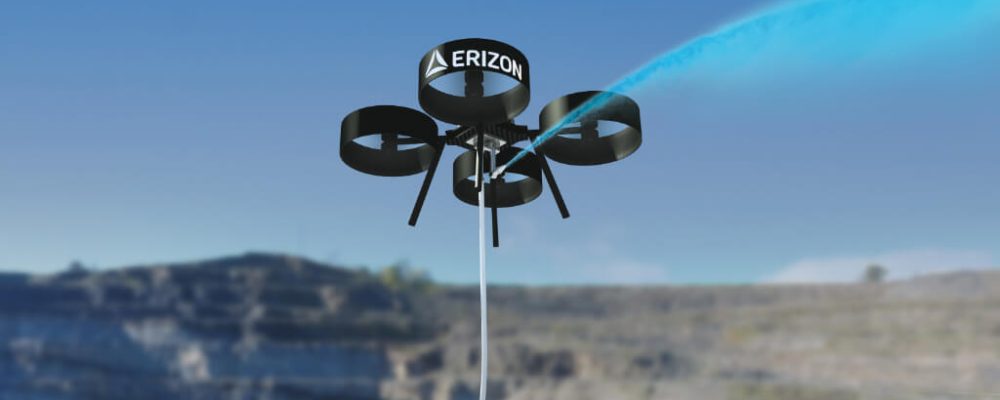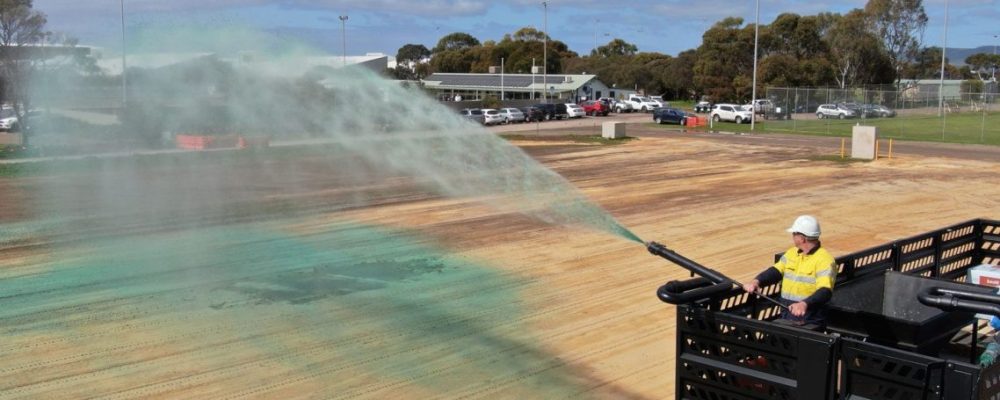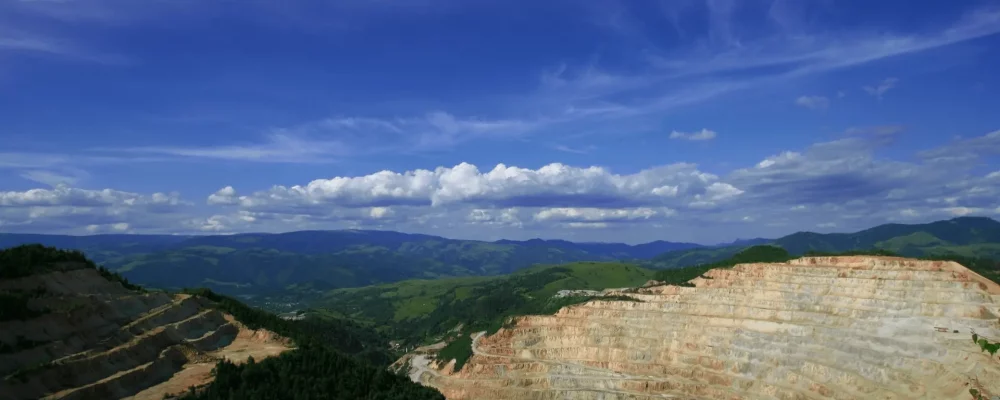Fast, economical and efficient revegetation requires careful planning and implementation to ensure success. It is important for revegetation projects to be guided by the specific conditions and requirements of the revegetation site.
Recent findings suggest that one of the most significant determinants of whether a project will be successful is the timing of the various stages of revegetation. Revegetation success improves when aligned with optimal climate conditions. Optimal alignment reduces costs associated with soil cultivation, weed control, fertilising, mulching, and watering revegetation projects.
Understanding seasonal changes and localised climates that occur throughout each year can significantly influence the speed and success of revegetation after mine site works, construction, or infrastructure works. While it’s possible to implement a wide range of products to aid revegetation efforts, nothing can replace good working knowledge of the local climate to prevent the need for excessive supplements and additional controls.
Australia is a large country with a diverse range of region-specific micro-climates. These micro-climates can impact the type of practices selected within a revegetation project and its success. The local knowledge of rainfall, heat, wind, cold, and daylight hours must be considered at every stage of the plan.
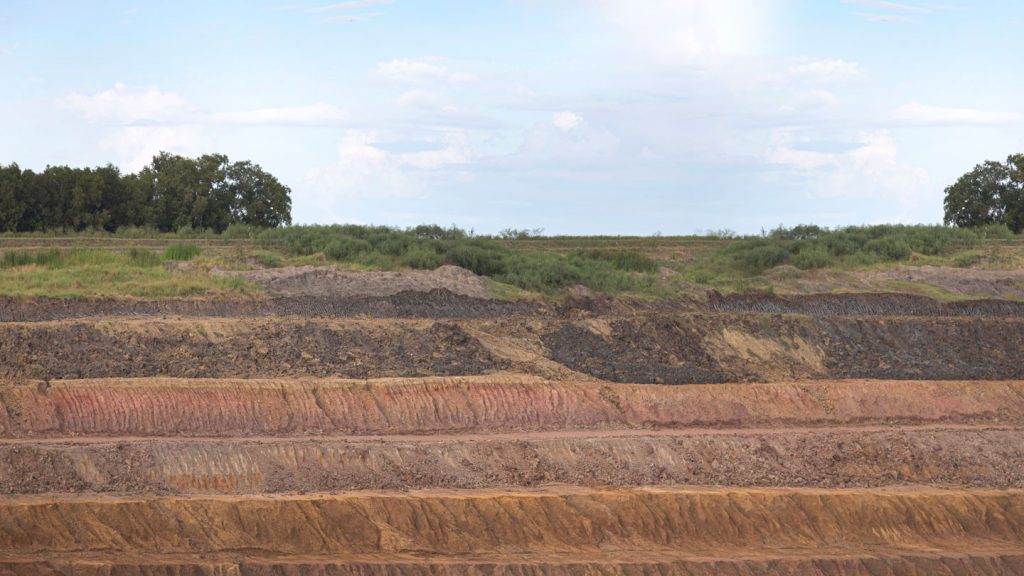
Soils in different climates
Soil cultivation and stability is the first stage in a revegetation plan. Understanding the seasonal differences for the local area will be beneficial in preparing the soil and determining the best time for Hydroseeding or Hydromulching.
Exposed soils are vulnerable to weather events if they are not stabilised. Heavy, dense soils have lower water infiltration rates than lighter soils, and, therefore, can be subject to erosion when excessive rainfall occurs. Lighter soils can be exposed to wind erosion until the cover is established.
Fresh topsoil or well-salvaged and stockpiled topsoil is ideal for establishing healthy vegetation. However, good topsoil is often in short supply or too expensive to source, requiring the establishment of vegetation on subsoil materials and mining waste rock. On these sites, soil amendments such as EnviroSoil, a topsoil alternative providing a unique blend of organic matter, nutrients, and biological activity, can create a sustainable growing medium for the germination of plants. This can be cost-effective, even for large-scale projects such as mine site revegetation, when sourcing, carting and spreading topsoil is too expensive.
Therefore, implementing revegetation as soon as the climate is optimal is the best approach to stabilise the soil and protect it from erosion. Hydromulch BFM can bind the surface of the soil for months while seeds germinate and plant roots establish to give lasting protection.
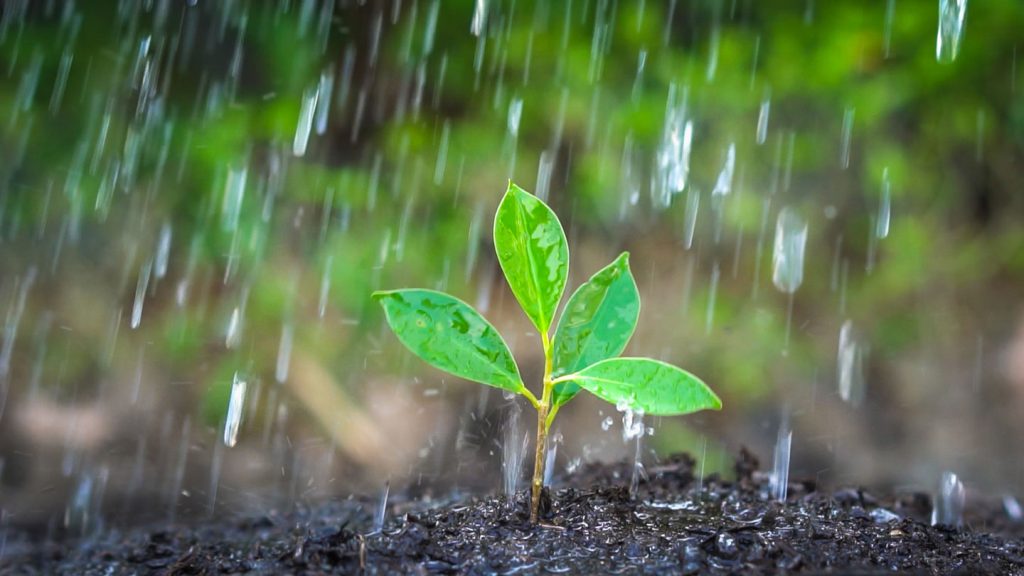
Seeding and planting
Seeding should occur when there is adequate rainfall, sunlight and temperatures for the specific species. Extreme weather, such as winds, heavy rain, arid conditions, or hot temperatures, will be detrimental to vegetation establishment.
Survival of the seeds will be compromised if they are planted when the soil is too dry or subject to excessive water for a prolonged period. Too much rainfall can make the soil water-logged, potentially killing germinating seeds or washing them away. This is a particular problem in tropical areas where the opening rains of the “wet” season can be heavy and intense.
Conversely, it should be noted that seeding too early in a season can lead to reduced water availability within the soil. The lack of adequate water will result in either reduced germination and growth, or require additional expenses with watering or irrigation intervention.
Seeding should ideally occur when the soil is moist and there is a good likelihood of following rains. Initial germination of seedlings can be lost if there is insufficient rainfall in the following months for establishment. Understanding unique climate conditions will help determine the best times to sow seed for that bioregion. Even in region-specific areas, the time of the year to complete seeding differs. For example, in the northern Gascoyne region in Western Australia, seeding must be completed in November, whereas in the southern Gascoyne region, the ideal time for seeding is in May.
It is important to note that if soils are left bare in anticipation of more optimal planting conditions, environmental damage such as wind and rain erosion may cause sediment and debris movement into streams, creeks, lakes and oceans. In these situations, it may be beneficial to stabilise the soil with revegetation aids such as Hydromulching.
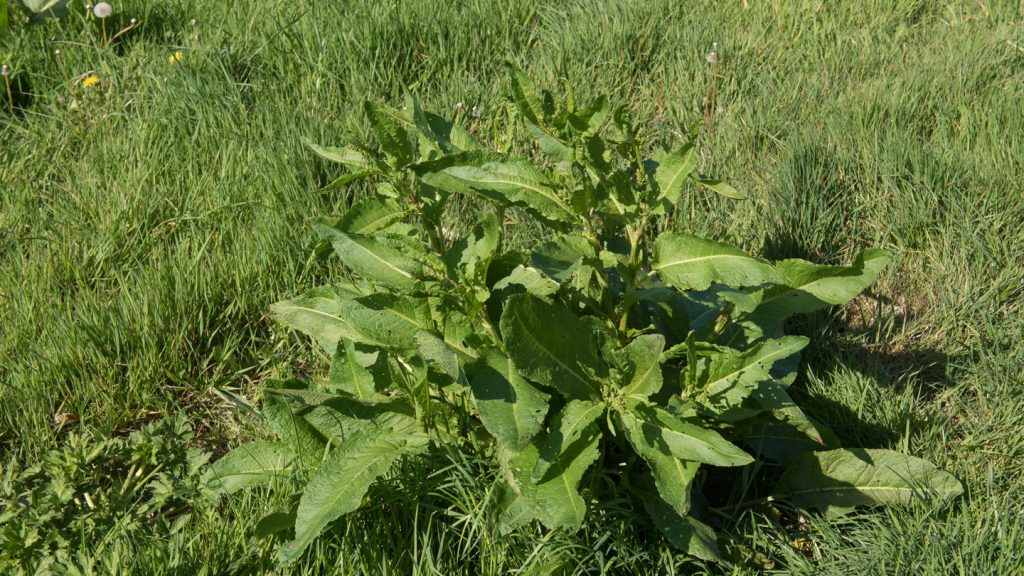
Dealing with weeds
Competing weed species often impact the success of revegetation projects. In seasons where the local climate may not be ideal for planting vegetation, it is important to focus on controlling invasive weed growth. Summer weeds, such as goosefoot and stinkwort, can potentially reduce soil nitrogen and stored water in soils by chemically interfering with the soil (known as the ‘allelopathic effect’). This interference can affect the survival and growth of seeds and seedlings planted even in their optimal growth months. Good weed control is essential as part of the preparation for seeding.
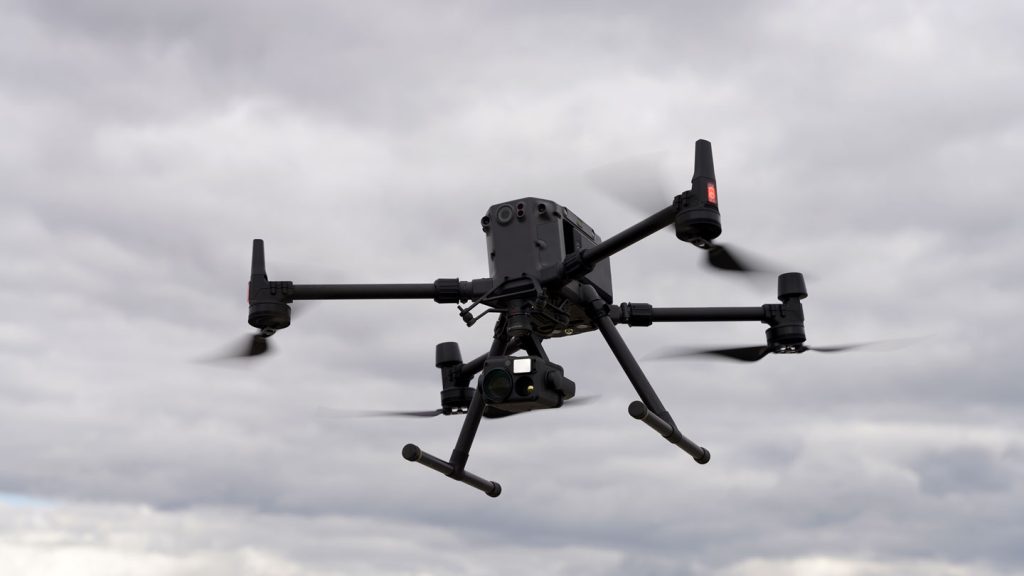
Performance monitoring
The key activities of revegetation and weed control should be monitored regularly throughout the project. This can be completed using a range of techniques, including drones for large mine site revegetation projects.
For expert advice on timing your revegtation project, contact us for a customised solution with proven results.
